39 vitamins on food labels
FDA Rounding Rules for Your Food Label - LabelCalc 10% or less of the RDI for any vitamins or minerals, round to the nearest 2% increment (i.e. 5 rounds to 6). Between 10% and 50% of the RDI for any vitamins or minerals, round to the nearest 5% increment (i.e. 23 rounds to 25). 50% or higher of the RDI for any vitamins or minerals, round to the nearest 10% increment (i.e. 106 rounds to 110). Nutrition Facts Labeling — FDA Reader Vitamins, Minerals and Macronutrients. The following vitamins and minerals are required on the nutritional label "Supplemental Facts" section. They must be measured in terms of percentage of daily value and weight. The minimum requirement is listed below (must be listed in this order): Vitamin D, Calcium. Iron.
MegaFood: Food Based Vitamins & Supplements | MegaFood Great product for getting my iron levels up. After my doctor's visit, my lab work showed my iron level was low causing a significant drop in my numbers. I started talking Mega Food Blood Builder and six months later my lab work showed an increase in my numbers. Now that I am taking Mega Food Blood Builder I have more energy and don't worry ...
Vitamins on food labels
How to Understand and Use the Nutrition Facts Label | FDA - U.S. Food ... Dietary fiber, vitamin D, calcium, iron ad potassium are nutrients on the label that Americans generally do not get the recommended amount of. They are identified as nutrients to get more of.... New Food Label Spotlight: Vitamins and Minerals In the updated label, that same section will jettison vitamin A and vitamin C (the FDA asserts, "In the early 1990's, American diets lacked Vitamins A and C, but now Vitamins A and C deficiencies in the general population are rare"), replacing them with vitamin D and potassium. Calcium and iron will remain on the label. Learn How the Nutrition Facts Label Can Help You Improve Your Health Nutrients Required on Label Vitamin D and potassium values are required. Calcium and iron will continue to be required. Vitamins A and C will no longer be required but can be included on a voluntary basis. Slight Decrease in Sodium Allowance The daily limit for sodium decreased slightly from 2,400 mg per day to 2,300 mg per day.
Vitamins on food labels. Food Labels | Nutrition.gov Folate and Folic Acid on the Nutrition and Supplement Facts Labels HHS, Food and Drug Administration, Center for Food Safety and Applied Nutrition Learn what common foods are natural sources of the vitamin folate, plus what foods may have folic acid added during processing. Interactive Nutrition Facts Label HHS, Food and Drug Administration Vitamin Label Ideas - 97+ Best Vitamin Label Designs In 2022 | 99designs Tasty Beet Root Gummies Label Design. Beet Root Gummies with Magnesium & Vitamin C - Supports Healthy Circulation & Blood Pressure - Energy & Nitric Oxide Booster, Dietary Supplement & Immune Health - Berry Flavor - 60 Mummies Extra Strength - Made with Natural Beet Root 600mg, Vitamin C 90mg, Plus Magnesium 100mg Tasty, Delicious Supplements - Our great beet, raspberry & pomegranate flavored ... Food Labeling Requirements - LabelCalc New August 2019 FDA Industry Guidance for Food Labeling: Folate, Niacin, Vitamins A, D & E. As of August 2019, the FDA released new guidance for the industry concerning food labeling for certain micronutrients listed on the nutrition facts label on food products.. Folate, Niacin, as well as Vitamins A, D, E are all receiving a do-over in their appearance on the nutrition facts label to be more ... Nutrition Labels 101: What's Required? What's Optional? Vitamins A and C will no longer be required on the FDA's Nutrition Facts labels (though manufacturers may still include them if they choose), while Vitamin D and Potassium will now be required. The percent of the daily value is expressed in 2% increments from 2-10% of the daily value; in 5% increments from 10 to 50% of the daily value; and in ...
Dietary Supplement Labeling Guide: Chapter IV - FDA This results in the following order for vitamins and minerals: Vitamin A, vitamin C, vitamin D, vitamin E, vitamin K, thiamin, riboflavin, niacin, vitamin B6, folate, vitamin B12,... How To Read A Vitamin Label | Andrew Weil, M.D. - DrWeil.com "I.U.," stands for "International Unit" and is the standard for measuring fat-soluble vitamins, which include vitamins A, D, E and K. The abbreviation "mg" stands for milligrams, or one-thousandths of a gram, and "mcg" stands for micrograms, or one millionths of a gram. 4. Understanding Nutrition Facts on Food Labels - WebMD After fats, carbohydrates, dietary fiber, sugars, and protein are listed on the food label. These items are followed by specific nutrients in the food, such as vitamin A, vitamin C, calcium, and iron. New label guidelines will replace vitamins A and C with vitamin D and potassium and list added sugars on the panel. Understanding Food Labels - The Nutrition Source Removal of vitamins A and C, and addition of vitamin D and potassium. Vitamins A and C had been included in previous labels when deficiencies of these nutrients were more common. They are rare today, so have been replaced with vitamin D and potassium, which can run low in the diets of some Americans. How do I use the % Daily Value?
How to Read Supplement Labels Like a Pro - Healthline Regulations on supplements Dietary supplements are products that are intended to supplement your diet. They're available in a variety of forms, including tablet, capsule, liquid, pill, and... Why do nutrition labels list 0% vitamins? The only micronutrients that must be listed on a food label are vitamin D, calcium, iron, and potassium. Other vitamins and minerals in the food can be listed voluntarily by food makers. Why may extra vitamins and minerals be listed on a food label? How to calculate percents of vitamins and minerals on nutrition labels? The calcium content on food labels is based on a daily dose of 1,000 mg. You may convert the percentage to milligrams with this knowledge. For example, a food having a calcium content of 7% DV would be calculated as follows: Each serving contains 70 milligrams of calcium (07 x 1,000 milligrams) . Food Labeling & Nutrition | FDA Food labeling is required for most prepared foods, such as breads, cereals, canned and frozen foods, snacks, desserts, drinks, etc. Nutrition labeling for raw produce (fruits and vegetables)...
How to find vitamins and minerals not listed on nutrition labels? Vitamin D, calcium, iron, and potassium are the four vitamins and minerals that must be stated on every revised Nutrition Facts label. While calcium and iron were previously essential, vitamin D and potassium have now been added to the list, replacing vitamins A and C. Is folate classified as an AB vitamin?
Food labeling: MedlinePlus Medical Encyclopedia VITAMINS AND MINERALS Vitamin D, calcium, iron, and potassium are the only micronutrients required to be on the food label. Food companies can voluntarily list other vitamins and minerals in the food. PERCENT DAILY VALUE (% Daily Value) Many nutrients include a percent daily value (%DV).
Where are the vitamins and minerals on a nutrition labels? The only micronutrients that must be listed on a food label are vitamin D, calcium, iron, and potassium. Other vitamins and minerals in the food can be listed voluntarily by food makers. Related posts by category: How to reverse osteoarthritis diet nutrition supplements naturally?
On Vitamins and Food Labels - EzineArticles The DV for Vitamins A and C serves as the basis for information on present-day food labels. Detailed information about the vitamins in packaged food was not always available to the customer. At one time, the manufacturers of packaged food told consumers that the contents within their advertised products were "nutritious" or "healthy."
Understanding Food Nutrition Labels | American Heart Association Remember that the information shown in the label is based on a diet of 2,000 calories a day. You may need less or more than 2,000 calories depending upon your age, gender, activity level, and whether you're trying to lose, gain or maintain your weight. When the Nutrition Facts label says a food contains "0 g" of trans fat, but includes ...
What vitamins are required on the nutrition label? On the food label, only two vitamins (A and C) and two minerals (calcium and iron) are necessary. However, if vitamins or minerals are added to the meal or if a vitamin or mineral claim is made, those nutrients must be mentioned on the nutrition label. Is magnesium listed on food labels?
Dietary Supplement Labeling Guide | FDA - U.S. Food and Drug Administration Office of Nutritional Products, Labeling, and Dietary Supplements Center for Food Safety and Applied Nutrition Food and Drug Administration 5001 Campus Drive College Park, MD 20740-3835...
Figuring Out Food Labels (for Kids) - Nemours KidsHealth The food label on a food package is a lot like the table of contents in a book - it tells you exactly what the food contains. Read our article for kids for more about food labels. ... Food also contains vitamins, such as vitamin D, and minerals, such as calcium and iron. Your body needs the right combination of nutrients to work properly and grow.
Vitamins and Minerals | Nutrition.gov View a list of common foods and drinks and the amount of vitamin D in a standard portion. Interactive Food Label: Vitamins and Minerals HHS , Food and Drug Administration , Center for Food Safety and Applied Nutrition
Food Labels | CDC - Centers for Disease Control and Prevention If you eat the whole thing, you are eating 8 times the amount of calories, carbs, fat, etc., shown on the label. Total Carbohydrate shows you types of carbs in the food, including sugar and fiber. Choose foods with more fiber, vitamins, and minerals. Choose foods with lower calories, saturated fat, sodium, and added sugars. Avoid trans fat.
How To Read Food and Beverage Labels - National Institute on Aging Additionally, many older adults do not get the recommended amounts of dietary fiber, vitamin D, calcium, and potassium. Eating enough foods that contain these nutrients can reduce the risk of developing some diseases and conditions, such as cardiovascular disease, osteoporosis, and high blood pressure.
Daily Value on the New Nutrition and Supplement Facts Labels Which Nutrients Are Required to Be Listed on the Nutrition and Supplement Facts Labels? The Nutrition Facts label must list total fat, saturated fat, trans fat, cholesterol, sodium, total...
Learn How the Nutrition Facts Label Can Help You Improve Your Health Nutrients Required on Label Vitamin D and potassium values are required. Calcium and iron will continue to be required. Vitamins A and C will no longer be required but can be included on a voluntary basis. Slight Decrease in Sodium Allowance The daily limit for sodium decreased slightly from 2,400 mg per day to 2,300 mg per day.
New Food Label Spotlight: Vitamins and Minerals In the updated label, that same section will jettison vitamin A and vitamin C (the FDA asserts, "In the early 1990's, American diets lacked Vitamins A and C, but now Vitamins A and C deficiencies in the general population are rare"), replacing them with vitamin D and potassium. Calcium and iron will remain on the label.
How to Understand and Use the Nutrition Facts Label | FDA - U.S. Food ... Dietary fiber, vitamin D, calcium, iron ad potassium are nutrients on the label that Americans generally do not get the recommended amount of. They are identified as nutrients to get more of....

/cloudfront-us-east-1.images.arcpublishing.com/pmn/INOCTUOO5RHTFGCFYIVDUOIKJ4.jpg)
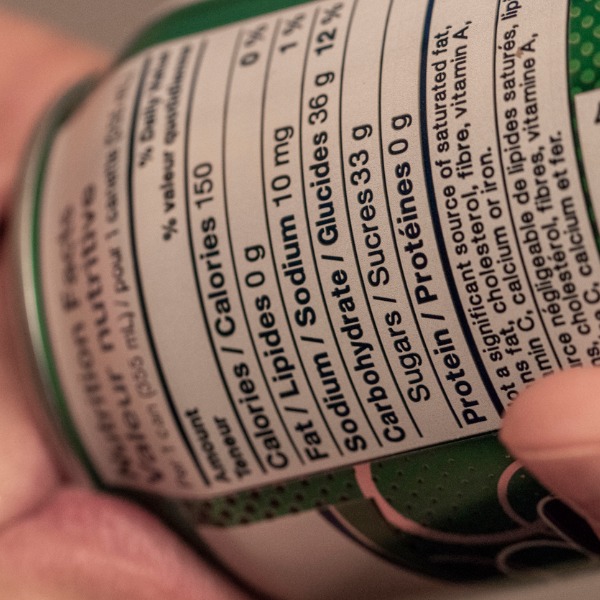

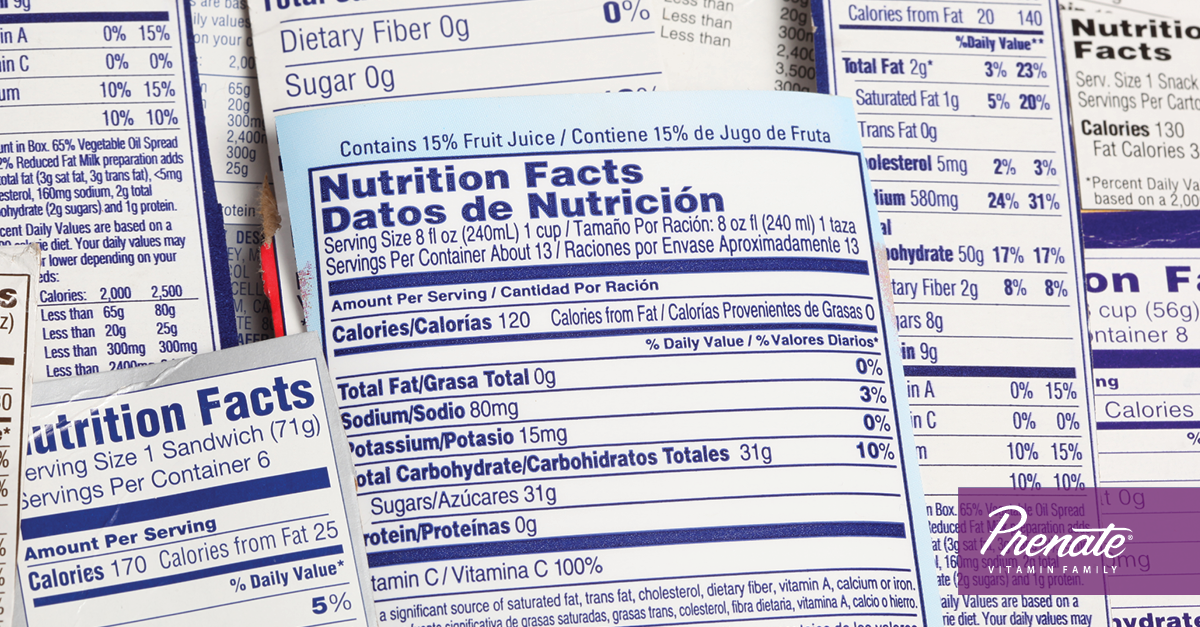

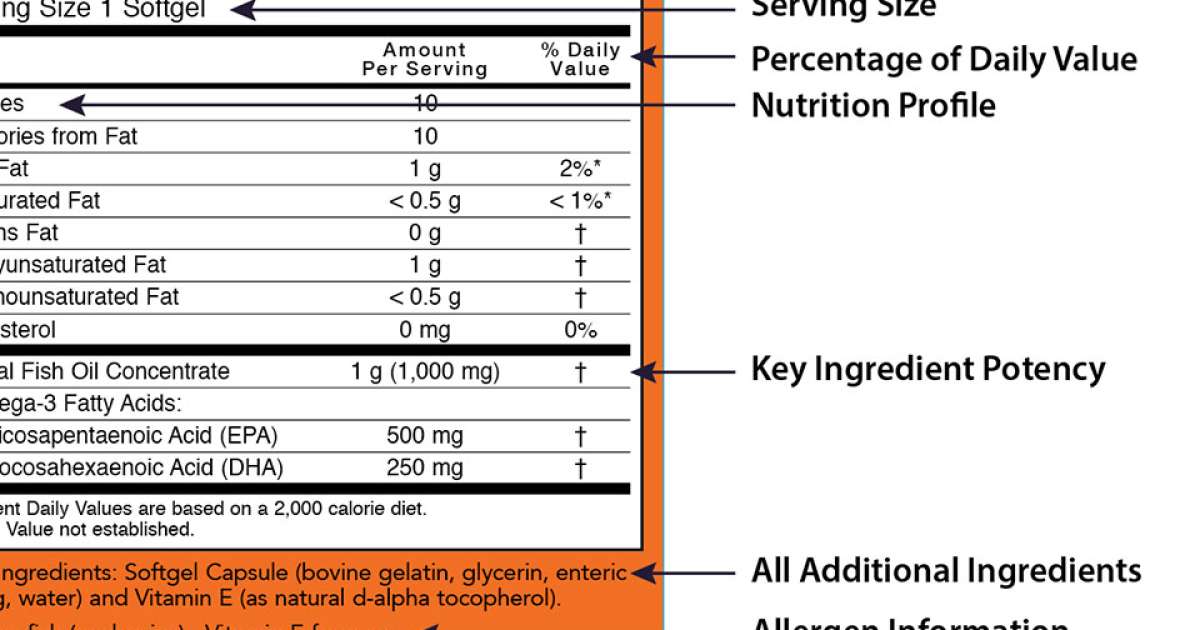
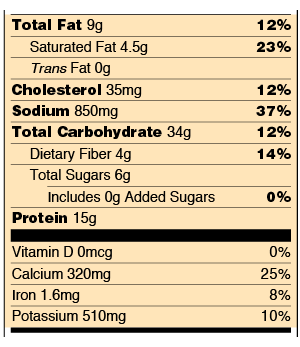

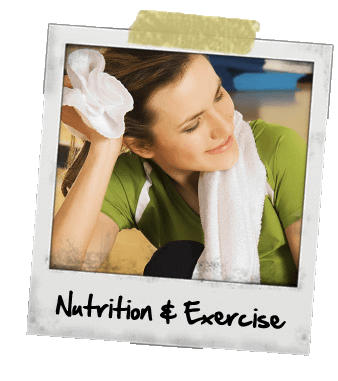


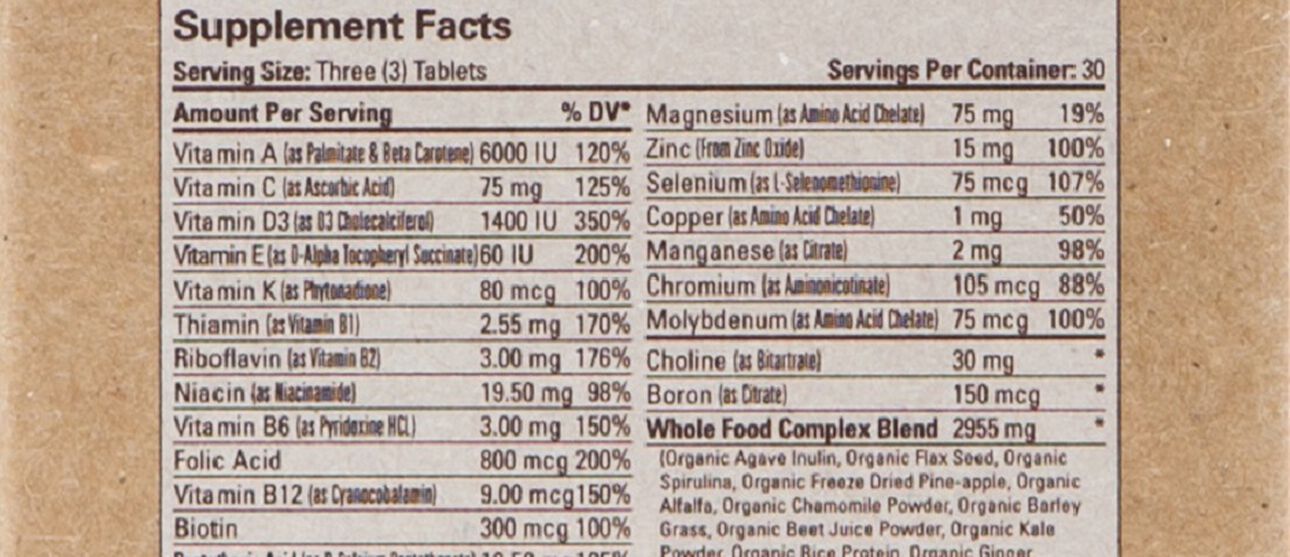

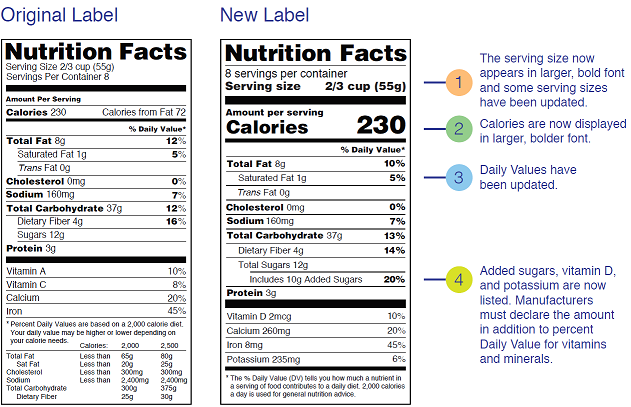

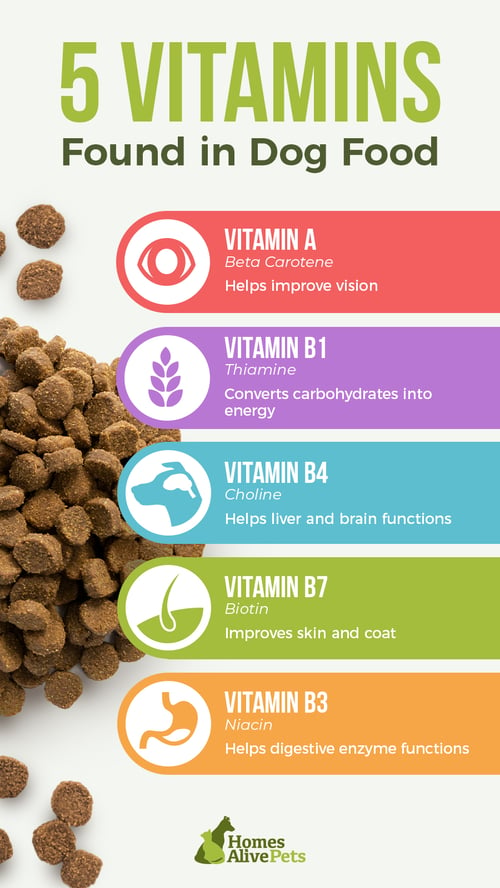

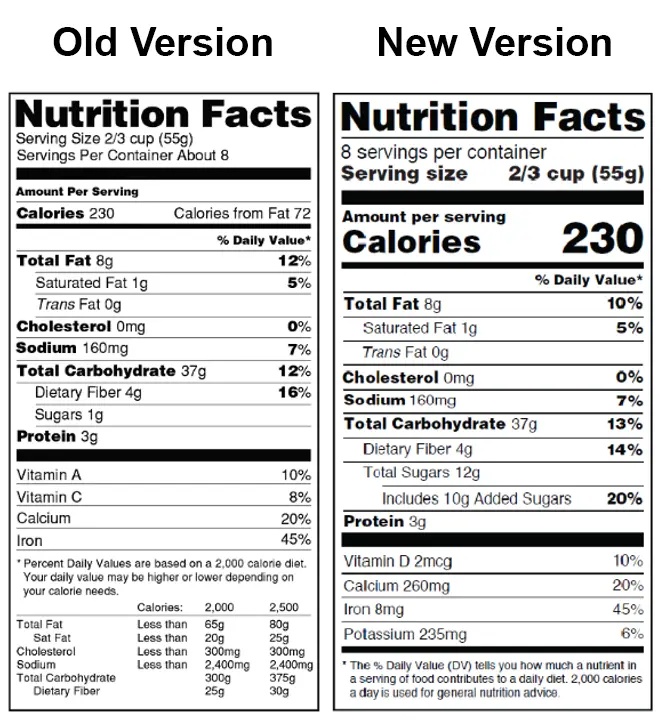


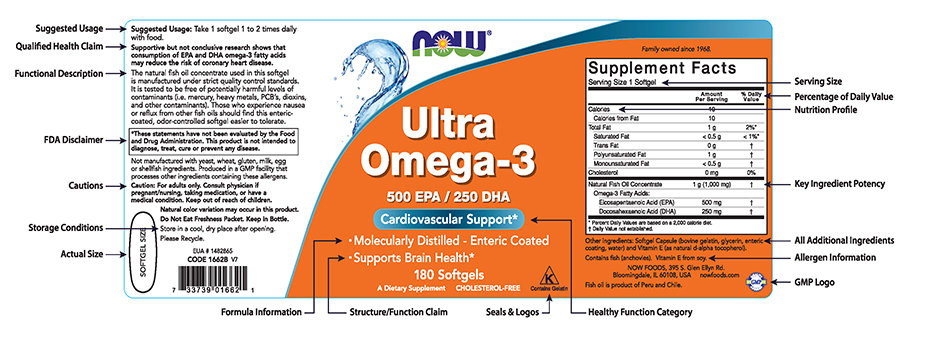

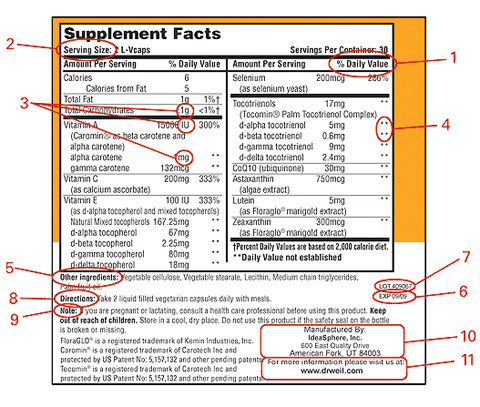
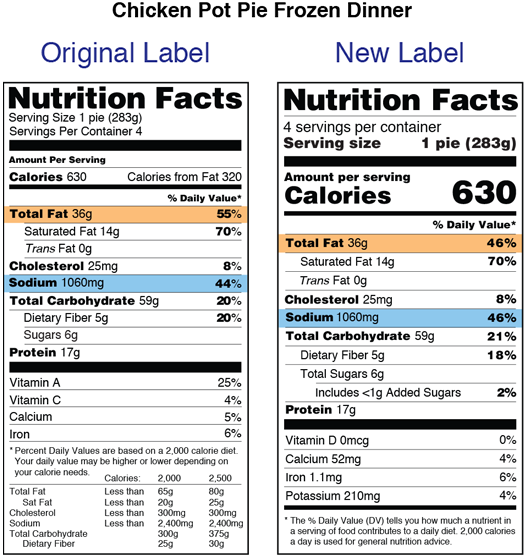

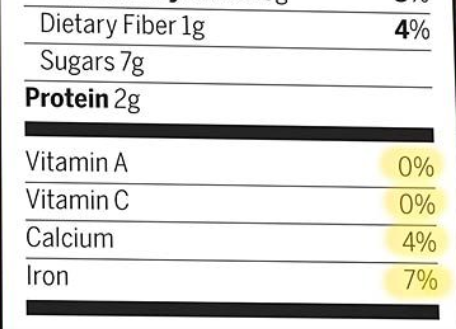
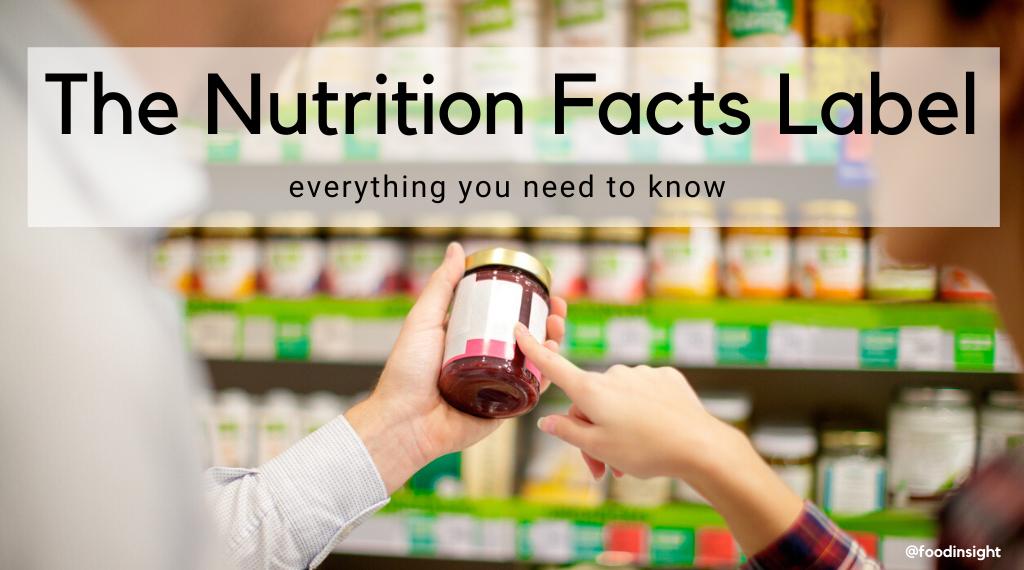
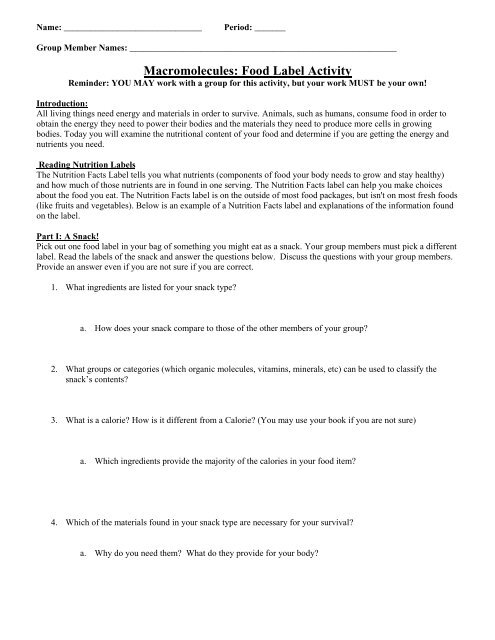
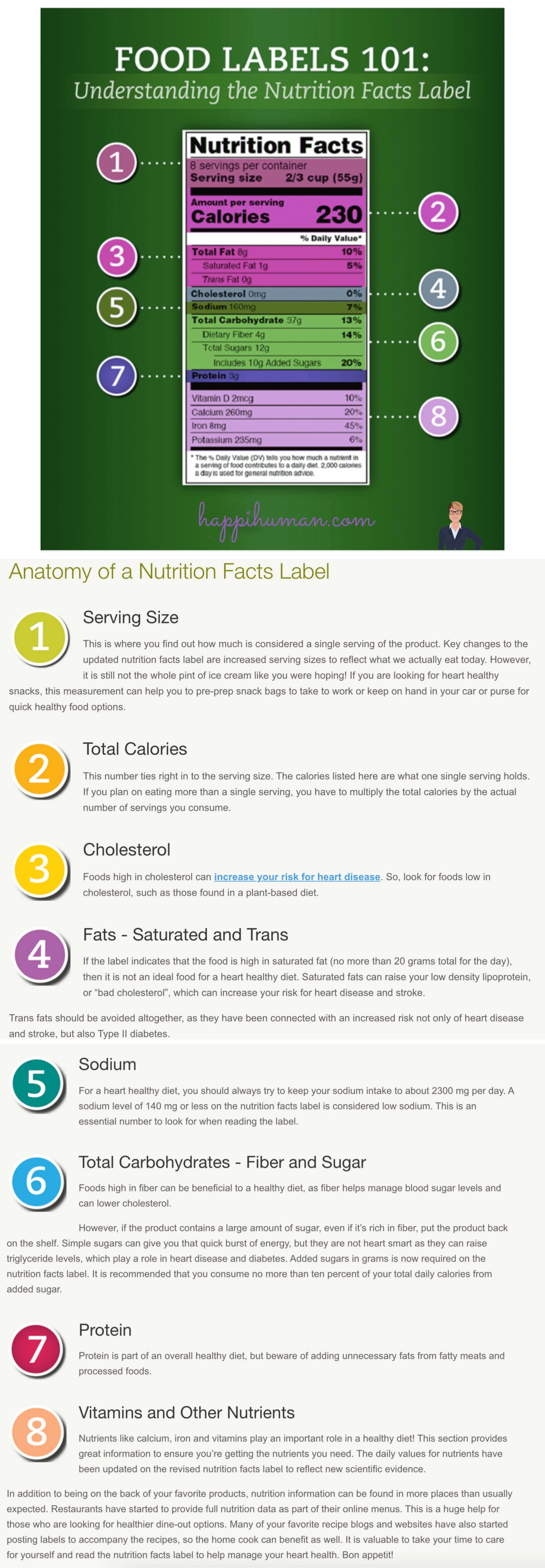
Post a Comment for "39 vitamins on food labels"